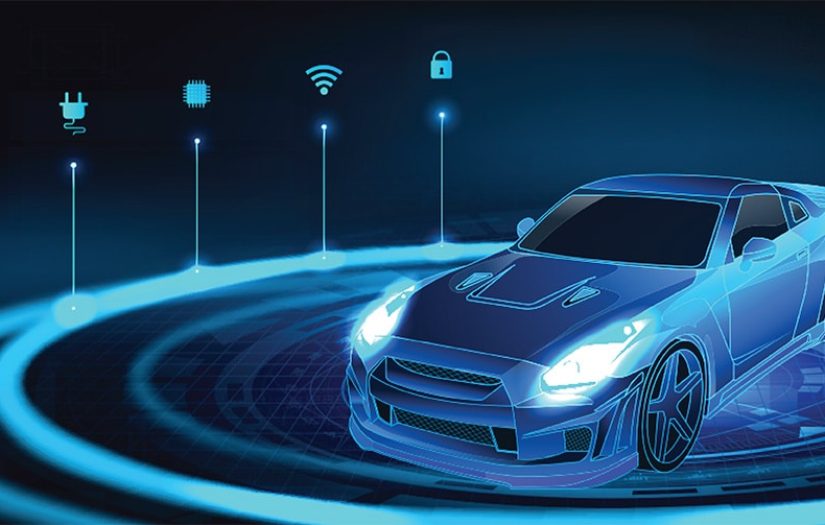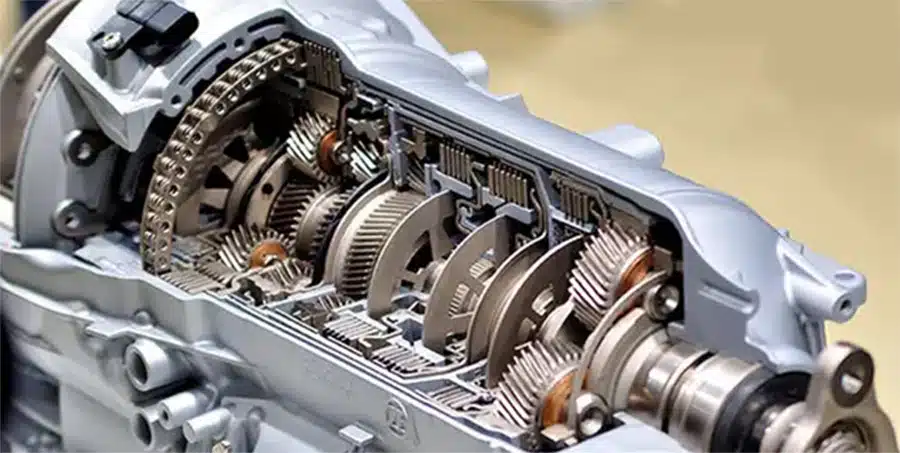ADAS Opportunities and Challenges
Still one of the hottest topics for shops, ADAS continues to offer significant opportunities as well as serious concerns for service facilities. What is the right solution for my specific shop… what type of capital investment is required to offer an adequate service menu to my customers… do I go with OE solutions or is an aftermarket solution best for me… how do I properly train my team to perform these applications… how quickly is the technology advancing? These are just a few of the questions we see posed in the forums and tackled in the various trade publications. So, we thought we’d pull together some resources related to this trending topic, even though we have addressed it twice before over the last 3-4 years.
ADAS – A Primer
We always like to begin at the beginning, so we’ll start with this great overview article by Scott Brown on VehicleServicePros.com. In it, Scott first identifies the main ADAS system components and distinguishes between Driver Assistance Systems (DAS), such as ABS, and Advanced Driver Assistance Systems (ADAS), such as Emergency Braking Systems.
In his review of ADAS system components, he goes into detail on how cameras, radar and lidar are used to enable these systems to perform their critical functions. He then addresses the calibration process, reviewing the choices shops have as to equipment as well as the physical space required to perform vehicle ADAS calibrations. Finally, he wraps with a case study of a RAV4 with issues in its Lane Keeping Assist function, which errantly allowed the vehicle to drift into the lane to the right without warning or prevention. He walks through the diagnostic process and outlines the successful solution, with well documented service information, diagrams and photos to explain the entire process. It is a great starting point for our discussion of ADAS systems.
ADAS and Older Vehicles
When we talk about ADAS and see it featured in industry articles, it is easy to fall into the trap of thinking of these systems only in terms of new vehicles, as in, “What arrived from the OEs last year or the year before?” But these systems are not exactly new and aftermarket service facilities are now servicing 5-8 year old vehicles with some level of ADAS systems incorporated into their operation. This is the topic of a great article by Mitch Becker on BodyShopBusiness.com. As he states, “We know vehicle manufacturers test and retest systems… But when we look at how long they can go, testing in labs and certain conditions cannot simulate real life and account for the many variables that the average vehicle is subject to, such as environment and owners failing to clean and/or maintain the vehicle. Another variable to consider is the events from human error that happen to a vehicle during its life, such as minor bumps and bruises that cause unseen damage. The constant fatigue and wear and tear along with those minor bumps and grinds all add to damage that can cause parts or system failures.”
He digs into this aspect of vehicle repair in general and then starts identifying how the complexities of ADAS systems and their repair combine with vehicle age and wear issues to create difficult repair challenges and unpleasant customer interactions. He highlights how Unrelated Prior Damage (UPD) can make ADAS diagnosis and repair much more difficult, walking through the steps shops should take to minimize the complexity of ADAS system repairs, especially on older vehicles. It is a worthwhile read for anyone currently offering these services or considering offering them in the future.
Deep Dive – Secured Gateway and ADAS Recalibrations
Although the last thing you need is more complexity when it comes to ADAS system recalibrations and repairs, vehicle cybersecurity protections can derail a recalibration routine and throw your repair process into limbo. This is what John Anello ran into on a Nissan Sentra he was performing recalibrations on after it had sustained damage from a tree limb, as recounted in this case study on VehicleServicePros.com. While performing what he thought would be a routine LKAS windshield camera calibration, things went sideways very quickly.
First, he walks through the steps he took to perform the calibration, checking off all of the requirements for a successful conclusion. Suddenly, his aftermarket tool lost communication with the vehicle. So, no big deal, he switched to the OE tool, thinking that there was some incompatibility between the aftermarket tool and the vehicle under service. But, when he switched to his OE tool, it had a loss of critical function, and a key tool function was replaced by a Central Gateway (CGW) tab. Yikes!
When he accessed the CGW tab, it noted that the vehicle was in Restricted Mode. As he notes, “This was part of a cybersecurity structure to prevent vehicle hacking by unauthorized equipment hooking into the diagnostic connector, hacking through the onboard telematics system by unwanted internet access or simply by hacking a synced cellphone onboard the vehicle.” He then walks through the process of regaining control of the system through his OE tool and completing the calibration. Likely, it is not a matter of “if” you’ll run into something similar, but “when” you will. This article will help you take such an eventuality in stride.
ADAS – See What the Vehicle Sees
Now this is pretty cool. Scott Brown, the author of the first referenced article above and founder of the Diagnostic Network (diag.net), is doing some pretty amazing things when it comes to providing visualizations of what the vehicle sees via its ADAS and autonomous vehicle technology. This quick (0:27) video shows a vehicle progressing through a densely populated area, with graphics showing how the vehicle is identifying critical infrastructure, other vehicles, pedestrians and more. If you’ve never seen a visualization like this, you’ll want to check it out for sure. It illustrates the enormous number of calculations and decisions being performed by a vehicle in a relatively mundane driving situation.
ADAS – What Should Vehicle Owners Understand?
We’ll wrap with this interesting article by Noah Brown on AdaptAutomotive.com. If you’re one of our consumer readers and have made it this far in the article, Noah’s article is well worth your time. It will help you better understand your vehicle, its technology and the task service providers are faced with when diagnosing and repairing these complex systems. If you are one of our professional readers, this article might provide some good ways to interact with and explain your challenges to your service customers.
Essentially, studies over the last few years found that vehicle owners generally have a poor understanding of ADAS functions and their benefits to drivers, often preferring to disable ADAS functions due to a lack of full understanding of how they work. What enables vehicle owners to be more comfortable with ADAS functions was receiving a good walk through of these features, how to adjust them to the driver’s preference and the benefits they bring to driver and passenger safety. This creates a big opportunity for aftermarket service providers. As he states, “There is a growing need for auto shops in all sectors to not only know about ADAS systems to effectively fix them and the vehicles they are deployed on, but to also inform customers about what those systems are and what they do in the first place. If shops take advantage of that opportunity, it’s just another way to build trust and reliability with the customer base.”
The Common Denominator for ADAS Calibration
When it comes to ADAS calibration, whether you use an OE tool or an aftermarket tool, whether you are operating in a collision repair or mechanical repair environment, an essential piece of equipment is a stable power supply. Since most ADAS calibrations are performed with the key in the ON position, a power supply is needed to prevent excessive battery drain, which would stop your service routine in its tracks.
When it comes to maintaining stable system voltage for an ideal recalibration environment, the PRO-LOGIX PL2320 is perfect for the task. It provides 0-20 amps, on demand, to maintain system voltage at 14.1V. The power it provides is exceptionally clean (<600mV ripple) and features our Rapid Load Response Technology to immediately react to changes in system demand for optimal stability. Plus, it is compact and lightweight, enabling ideal placement during ADAS applications. As we like to recommended, every service bay should have one of these charger/power supply units and, “when the hood goes up, the charger goes on.” It takes so many potential issues off the table.
Has your shop implemented ADAS service capability? How has it gone for you thus far? What are you using as a vehicle power supply to support the electrical system during recalibrations? We’d love to hear about it in the comments below.











2 Responses
very good info and demo , will help to explain adas and detection functions
Mike – Thanks for your comment and kind words. Much appreciated. Jim from Clore Automotive